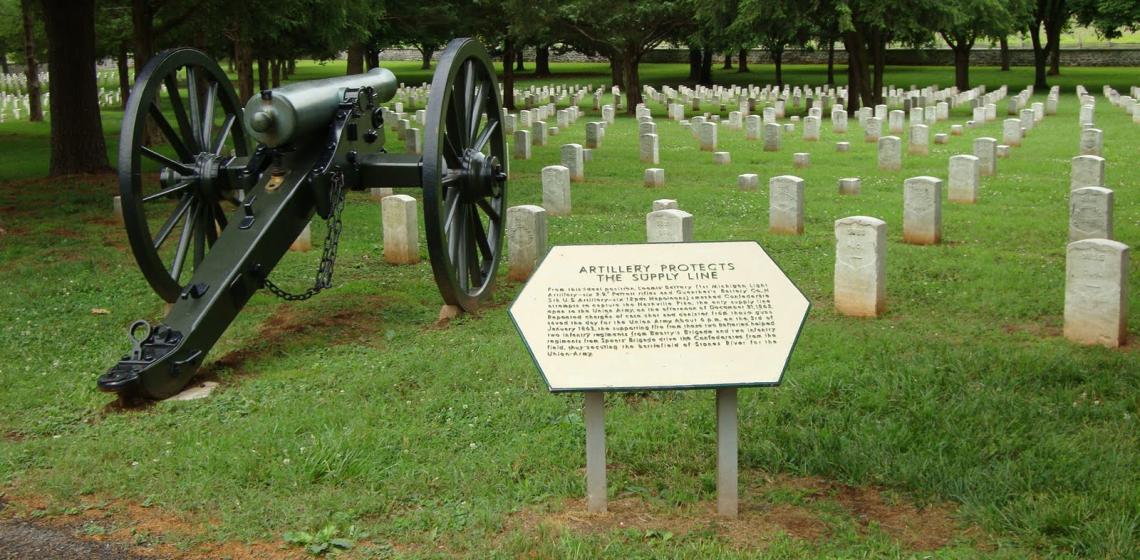Andersonville (US)

Today, Andersonville National Historic Site comprises three distinct components: the former site of Camp Sumter military prison, the Andersonville National Cemetery, and the National Prisoner of War Museum, which opened in 1998 to honor all U.S. prisoners of war in all wars.
Andersonville National Historic Site began as a stockade built about 18 months before the end of the U.S. Civil War to hold Union Army prisoners captured by Confederate soldiers. Located deep behind Confederate lines, the 26.5-acre Camp Sumter (named for the south Georgia county it occupied) was designed for a maximum of 10,000 prisoners. At its most crowded, it held more than 32,000 men, many of them wounded and starving, in horrific conditions with rampant disease, contaminated water, and only minimal shelter from the blazing sun and the chilling winter rain. In the prison's 14 months of existence, some 45,000 Union prisoners arrived here; of those, 12,920 died and were buried in a cemetery created just outside the prison walls.
The cemetery site serving Camp Sumter was established as Andersonville National Cemetery on July 26, 1865. By 1868, the cemetery held the remains of more than 13,800 Union soldiers whose bodies had been retrieved after their deaths in hospitals, battles, or prison camps throughout the region. Andersonville National Cemetery has been used continuously since its founding and currently averages over 150 burials a year. The cemetery and associated prison site became a unit of the National Park System in 1970.
